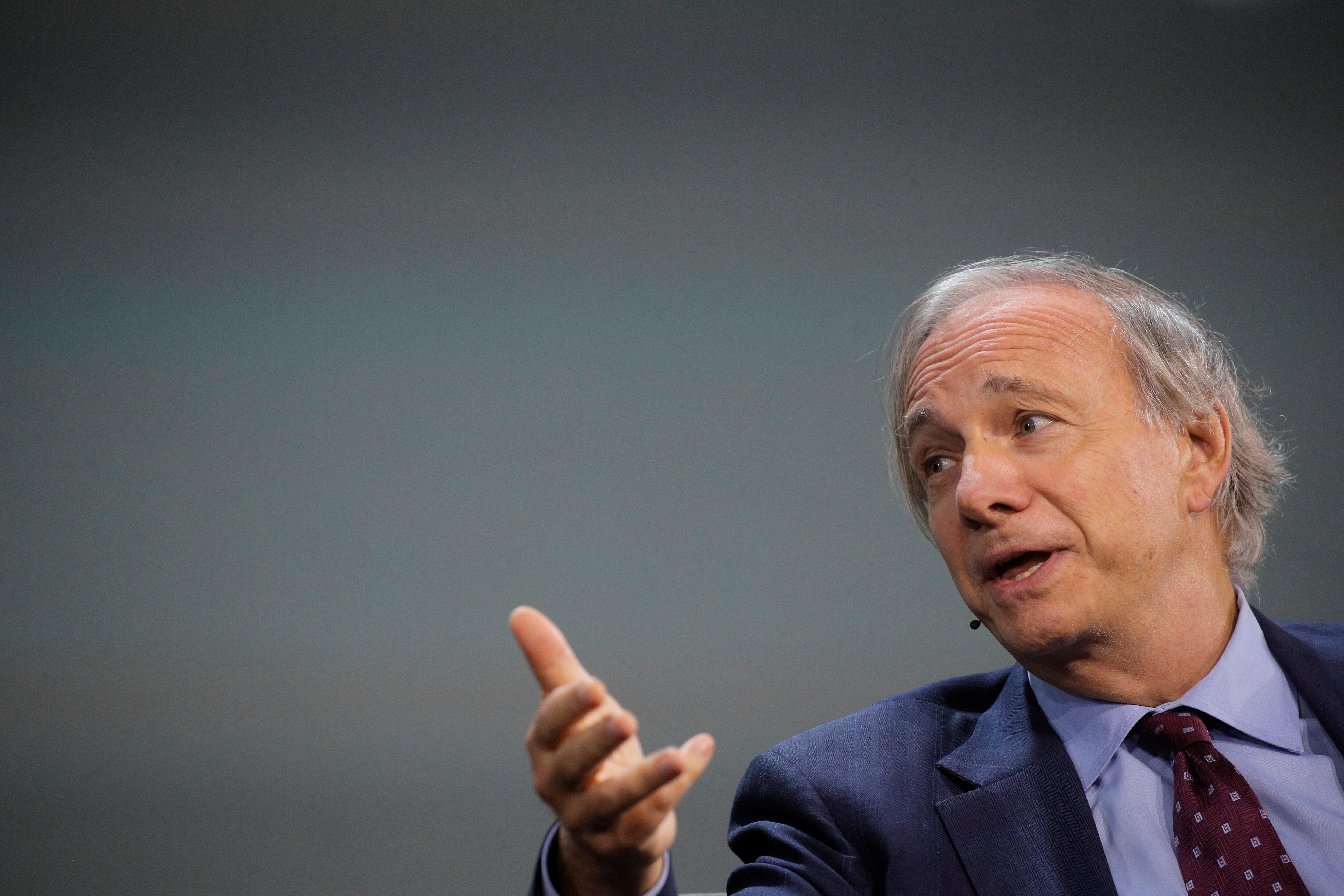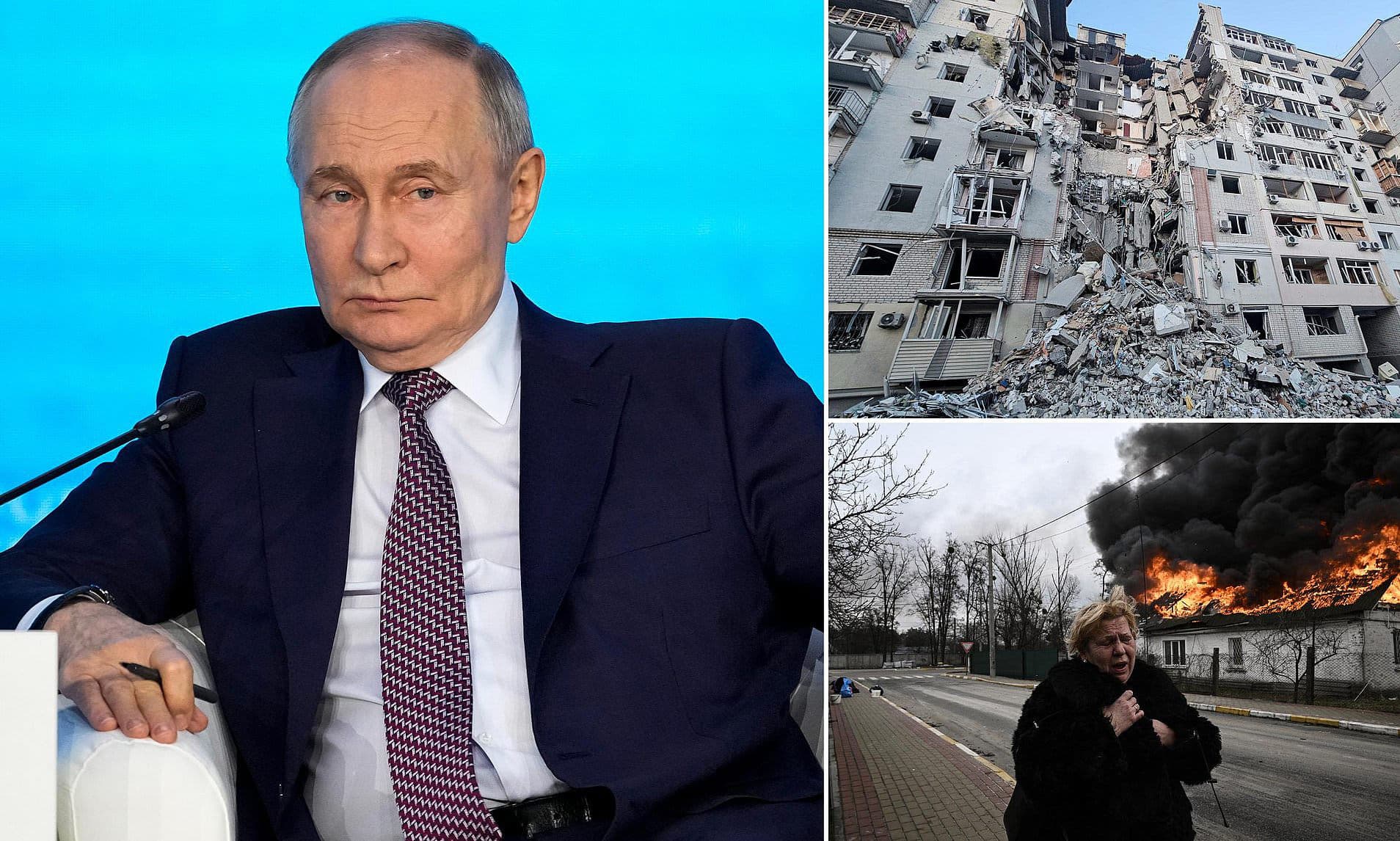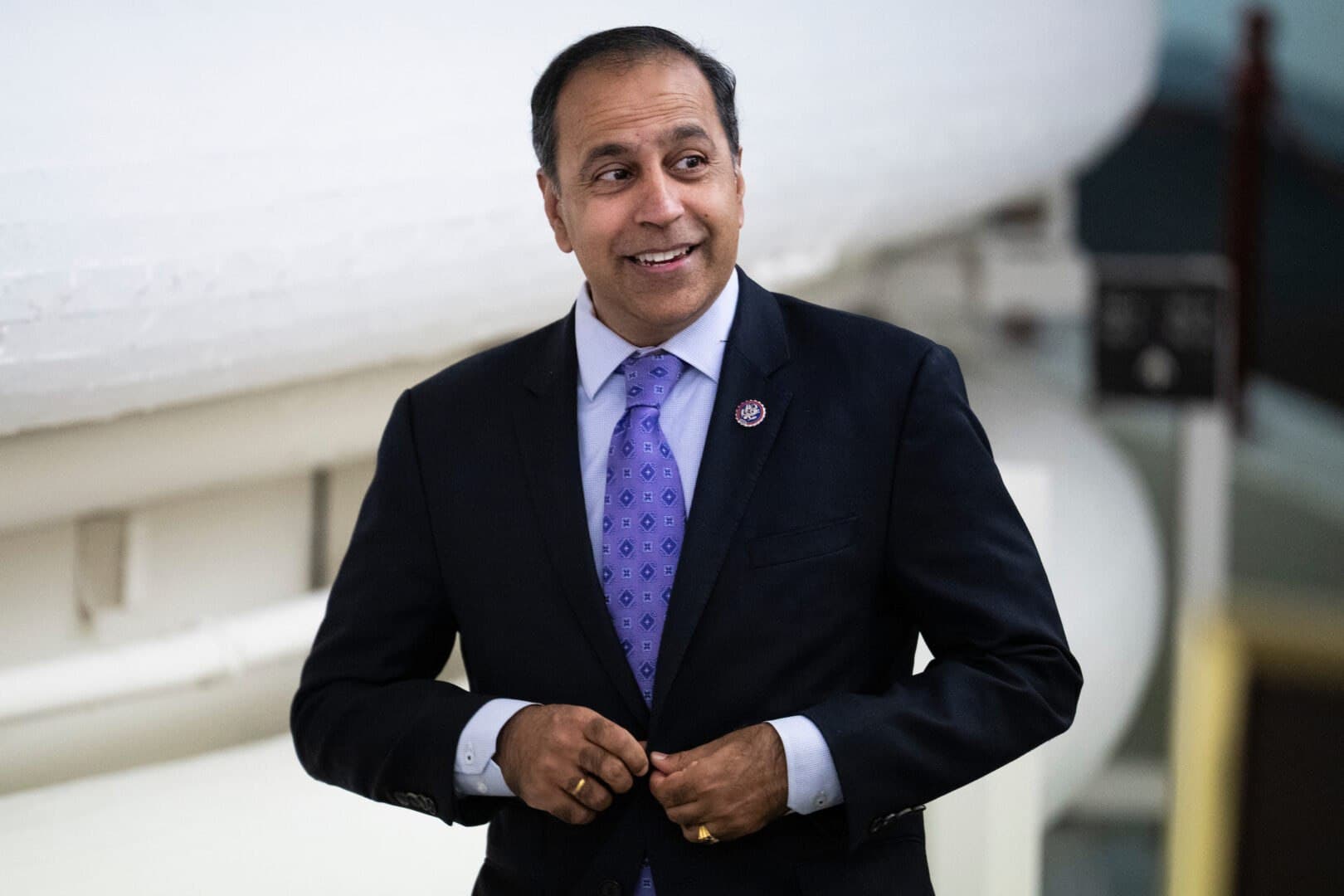The urgent alarm bells are ringing as experts warn that President Donald Trump’s budget plan could balloon the U.S. deficit by staggering trillions over the next decade. This year, the deficit is projected to exceed 6% of GDP, a level that is an alarming 63% higher than the average of the past fifty years. The reality is that unlike past spikes driven by war or crisis, this deficit surge is primarily a result of reckless fiscal policy, raising critical questions about the direction of our fiscal health.
Investors Brace for Market Turmoil
In interviews with leading economists and former officials, it becomes clear that the implications of persistent deficits are dire. According to macro investor Ray Dalio, the U.S. is showing “classic signs” of a late-stage debt cycle, with a 50% chance of economic trauma within the next three years. This insight comes from CNBC’s America’s Deficit Reckoning, which explores the potential fallout of this unsustainable fiscal trajectory. Dan Ivascyn, Chief Investment Officer at PIMCO, remains cautiously optimistic, believing that a crisis of investor confidence is unlikely, yet he is diversifying away from U.S. Treasuries, indicating a noticeable shift in investor sentiment.
Inflation and Economic Strain Ahead
Many may ask why they should care about rising deficits when tax cuts and higher spending seem to benefit them now. The simple answer lies in the threat of inflation. As reported by Maya MacGuineas from the Committee for a Responsible Federal Budget, increasing interest payments will consume a growing portion of federal outlays, ultimately draining resources from critical budget items such as healthcare and education. Higher interest rates can “crowd out” private investment, leading to slower economic growth.
The real tragedy here is the impact on future generations. According to a GenZ voice featured in CNBC’s coverage, young people are already worried that their ability to access social services will be severely compromised by the weight of this mounting debt. This is not a distant concern; it is an immediate threat that can reshape the landscape of opportunities for millions of Americans.

Photos show protest at US Capitol as rioters storm building
National Security at Risk
The implications of unchecked national debt extend beyond economics into the realm of national security. Admiral Michael Mullen, former Chairman of the Joint Chiefs of Staff, has called the national debt the “greatest threat to national security.” The concern is palpable: as our debt levels rise and interest payments take precedence over defense spending, we risk compromising our capacity to respond to international threats. Historian Niall Ferguson warns that when a great power spends more on interest payments than on defense, it signals a disturbing shift toward decline.
The Clock Is Ticking on Fiscal Stability
Experts from the Penn Wharton Budget Model assert that the U.S. has less than 20 years to rectify its fiscal trajectory. After that, even aggressive tax hikes or spending cuts may prove insufficient to avert a default, whether implicit or explicit. While the U.S. has the technical ability to print money to relieve its debt, this approach poses grave risks of runaway inflation and economic contraction. As former Treasury Secretary Robert Rubin ominously states, we may be entering uncharted territory.
It is incumbent upon us to recognize that the time for action is now. Each day that passes without a comprehensive reevaluation of our fiscal policies places us further into the quagmire of unsustainable debt. The weight of this burden will be borne not by today’s policymakers but by the generations that follow.

Bridgewater"s Dalio warns of a "perfect storm" for economy ...








